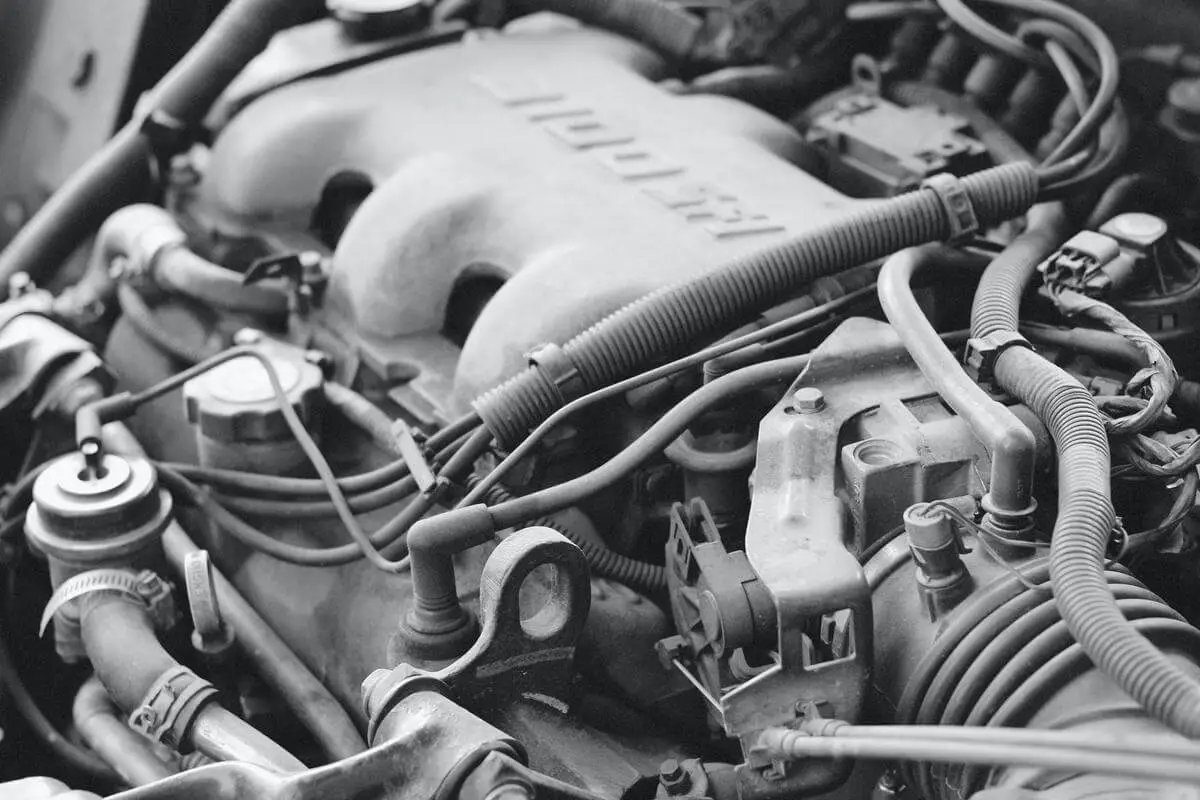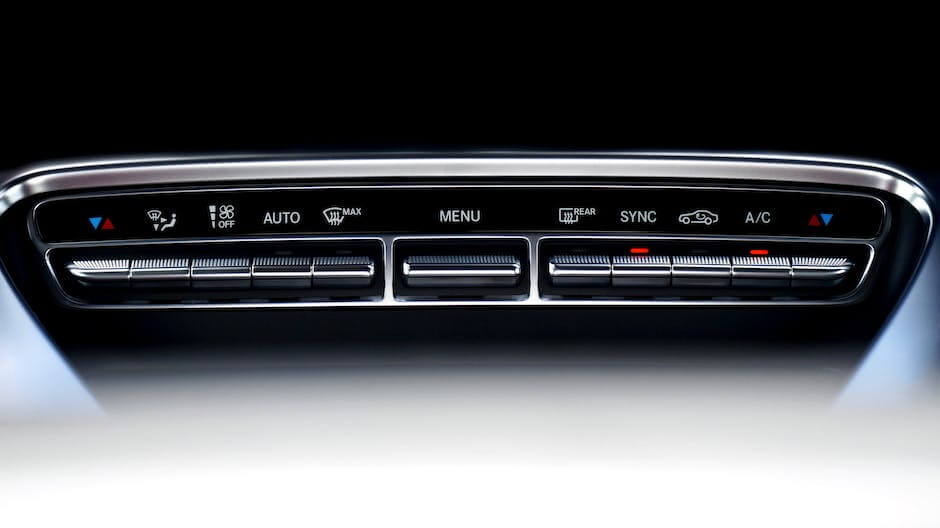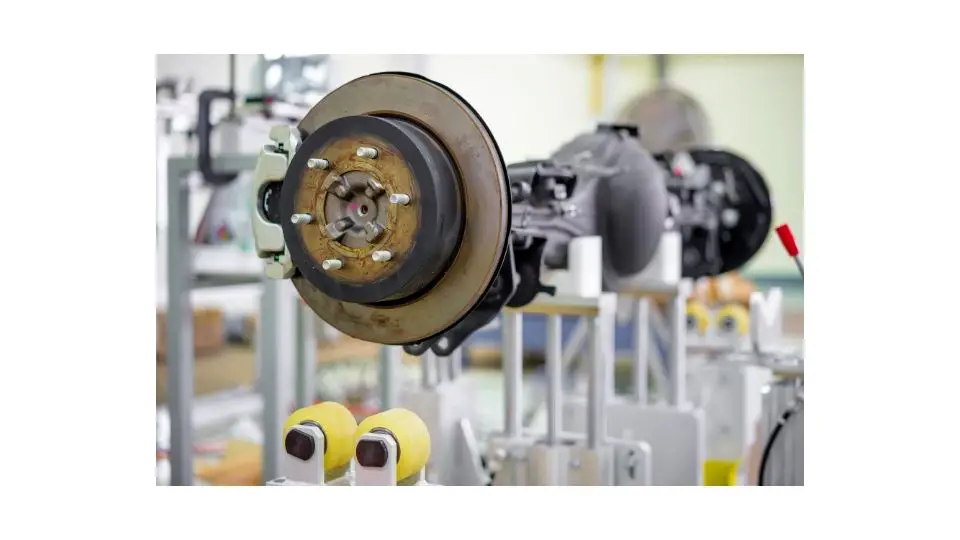Take a seat, buckle up, and let’s embark on an adventurous journey that takes us into the realm of advanced vehicle systems. The hero of our ride today is the Electronic Throttle Control (ETC) – an innovative drive-by-wire system that has revolutionized the automobile industry. This exemplary shift from traditional mechanical linkage systems to cutting-edge electronic controls helps empower you in ways most driving enthusiasts can only dream of. From seamless gear shifts to enhanced fuel economy, the ETC is a real boon to modern driving. So, let’s power up our engines and venture into the fast-paced world of ETC, understanding its components, its many benefits, and ways to troubleshoot its intricacies. By the end of this informative journey, you will be equipped with much-needed preventive maintenance tips that ensure a smooth and resilient drive for many miles to come.
Introduction to Electronic Throttle Control
Get those engines revving, hobbyists! Let’s dive right into the exciting world of electronic throttle control (ETC). Often referred to as drive-by-wire, ETC is a vital technology in our modern vehicles and knowing all about it can go a long way in understanding your favorite motorist hobby.
In layman’s terms, ETC is the system in a car or truck that connects the accelerator pedal to the throttle, replacing mechanical linkages with electronically controlled ones. This allows for more precise control of the throttle opening, which is the part of the engine that allows air to flow in.
Previously, vehicles used physical cables or rods to translate movement from the accelerator to the throttle intake. While this method may evoke nostalgia, the electronic throttle control system presents distinct advantages.
One of them is flexibility. When you only need a simple connection between the pedal and throttle, the electronic throttle control can simulate that, mimicking a traditional cable connection. However, when conditions require a more complicated input, the ETC system can do that, too.
By combining the accelerator pedal position sensor and the throttle position sensor with inputs from other vehicle systems such as the transmission control system, traction control, and others, the ETC can modulate throttle opening based on various conditions. This gives complete control and flexibility over throttle operation that was unheard of in the cable and rod systems of yesteryears.
The ETC system also enhances vehicle safety by preventing unintended acceleration and increasing car stability during high speeds or in harsh driving conditions. It provides constant feedback, making modern cars smarter by ensuring that the vehicle operates within safe parameters at all times. Safety seems to be the mantra of modern automobile engineering, and ETC fits right into that philosophy.
Furthermore, with fewer mechanical parts, electronic throttle control systems reduce the risk of part failure and the need for periodic maintenance. This also means better longevity and an increased lifespan for the vehicle’s throttle system.
From a hobbyist perspective, the Electronic Throttle Control technology triggers an adrenaline rush, offering control and flexibility in the driving experience that is second to none.
As someone deeply invested in the nitty-gritty of machines, it’s clear that electronic throttle control is a significant evolution in automobile technology. More than just a tool for controlling the engine output, ETC is a marvel of automotive ingenuity that enhances the entire driving experience by prioritizing safety, performance, and longevity.
So, dear fellow hobbyists, embrace the power of ETC! Its importance is not just about the here and now, but about the future of our beloved vehicles. Here’s to the thrills and chills that await us on the journey ahead!

Photo by jorgecesar on Unsplash
ETC Components and Their Working
Electronic Throttle Control (ETC) systems remain one of the most astonishing advancements in automobile technology, transforming the everyday driving experience into something more nuanced, controlled, and safe. Yes, its benefits are uncanny, but allow us to help you explore the living components of this mighty system and learn how they work together, like an orchestra creating a harmonious vehicular symphony.
Succinctly put, an ETC system comprises several key elements: the accelerator pedal position (APP) sensor, the engine control module (ECM), the throttle body, and the throttle position (TP) sensor.
Acting as the conductor of the orchestra, the APP sensor responds to the driver’s foot movements. It takes the pressure you apply on the gas pedal and translates it into electrical signals. The greater the pressure, the higher the voltage. What’s fantastic about this is that it affords more precise acceleration control than you would typically get from a traditional cable-linked system.
Communicating within this technological symphony is the engine control module (ECM), arguably the true brains of an ETC. It plays a dual function. First, it receives signals from the APP sensor that relay foot pressure. But its job doesn’t end there. It analyses these signals and then communicates the appropriate throttle opening level to the throttle body. This activity creates the digital dialogue that propels your vehicle down the road responding to your every foot movement.
The throttle body, residing between the air intake box and the intake manifold, then opens or closes to regulate the amount of air entering the engine. This function is crucial as it directly impacts how much fuel is ignited during combustion, and hence, the power output of the engine. You can think of it as the heart of the system, pumping the lifeblood of your vehicle: the air-fuel mixture.
Finally, we have the throttle position (TP) sensor. This small but mighty device feeds back information about the throttle plate’s position to the ECM, creating a feedback loop. This loop is crucial for safety: it enables your vehicle to correct any discrepancies and swiftly adjust in case of any discrepancies.
These four components work together to produce the benefits that we’ve seen with ETC systems, including accurate throttle control, better fuel efficiency, and reduced emissions. However, their significance doesn’t just stop there. ETC systems also allow for other vehicular systems integration—like cruise control, traction controls, and stability control—adding another layer of safety for drivers.
While the wonders of the ETC system are certainly vast and many, it’s also essential to remember that like any technology, knowing its components and functions is the first step to fully grasping its benefits. Now that we’re acquainted with the players in the ETC system orchestra, it’s time to set the stage for a memorable drive that’s not only safer, more efficient, but also perfectly tuned to our needs as hobbyists.

Advantages of Electronic Throttle Control
Exploring the Perks of Electronic Throttle Control Systems
First thing’s first, though the subject might sound technical, it’s an area anyone can and should become familiar with, as it tells a riveting chronicle of the evolution of vehicles. Stepping deeper into the intriguing realm of Electronic Throttle Control (ETC) systems, we unravel a plethora of enticing perks that go beyond conventional, mechanical systems. And while we previously covered an assortment of aspects, there’s more to explore!
Rev up your engines, & let’s hit the road!
Skirting the Boundary of Performance and Efficiency
With ETC, we are able to unlock seamless functionality marrying performance with efficiency. It becomes candy to the avid car enthusiast as its precise, electronic control optimizes engine performance, tapping into the true potential of the vehicle. Plus, since the ETC system can adeptly adjust the throttle opening according to the varying engine loads, we see substantial hikes in fuel efficiency. It’s like hitting two birds with a single stone; you get to relish driving dynamics while going easy on your pocket!
Saying No to Pollution – Greener Driving Experience
In an era where sustainability commands the conversation, ETC comes as a breath of fresh air with its ability to decrease hazardous emissions. When it manages the combustion process efficiently, it inevitably cuts down the emission of harmful particulates and gases. This makes ETC equipped vehicles more environmentally friendly, allowing drivers to contribute to the greater good while they savor their rides.
A Networked Architecture Offering Vast Synergies
One of the most dazzling aspects of ETC is its ability to integrate with other vehicle systems, reinforcing safety and enhancing the overall driving experience. Particularly, ETC seamlessly pairs with systems like cruise control, traction control, and stability control, fostering carefree and composed trips.
This inclusive system also enables smoother transitions during gear changes in automatic vehicles, which not only sounds cool but quite literally, smoothens the ride. Imagine gliding from one gear to another without the slightest jolt. Yes, that’s ETC working behind the scenes!
Holding the Reigns of Responsive Acceleration
The capacity to provide immediate engine response is a particular hallmark of the ETC system. By swiftly reading the driver’s actions on the accelerator pedal and adjusting the throttle accordingly, it offers an instantaneous response, making the ride feel agile and lively. This kind of promptness can be a game-changer for power-thirsty drivers!
Final Thoughts
While technological evolutions in automobiles have always made our journeys more efficient and safer, the incorporation of ETC has truly revolutionized our driving experiences. It offers benefits that go beyond the basics of vehicular function, highlighting the prowess of integrating technology with mechanics. Whether it’s precise throttle control, lesser emissions, or integrated safety features, ETC can be a catalyst in polishing our driving future!

Troubleshooting ETC System Issues
Troubleshooting The Electronic Throttle Control Light: Issues and Solutions
One of the advancements since the introduction of the electronic throttle control (ETC) is the emergence of the electronic throttle control light. This illuminates to indicate a problem and when it lights up, it’s not just another confusing dashboard symbol – it’s a powertrain malfunction light, primarily intended as a line of communication between the vehicle and the driver. Let’s dive deep into the possibilities that may cause issues with the electronic throttle control light and symbiotic troubleshooting methods.
To start with
, consider the possibility of electrical issues that can deter ETC’s efficient functioning. This can occur from grounding problems to broken wires or electrical shorts. A quick sweep of electrical continuity using a digital multimeter can be the first step in ruling this out. In amendments, checking for visible damages on the wiring, sensor, or actuator of the electronic throttle body can also isolate the problem.In case of an unresponsive electronic throttle control, a potential cause can be the failure of the throttle position sensor. The accuracy of throttle opening levels solely lies on the throttle position sensor’s shoulders, and its misreading could affect the ETC light. A malfunction scanner can easily check these readings and reveal irregularities, if any.
Your vehicle’s onboard computer or engine control module (ECM) must precisely behave with the ETC signals. So, if your ETC light is persistently on, the issue may be a corrupted ECM. This, of course, warrants a more in-depth approach such as resetting the ECM or updating its firmware, which could be a job for professionals.
Ignoring the regular maintenance can also be a reason for your ETC light issues. Common issues arising from neglected maintenance include fuel system contamination or a dirty throttle body. Keep an eye on the vehicle’s periodic maintenance schedule and frequently clean the throttle body. Regular check-ups can help evade this concern and keep the ETC light functioning as it should.
As the last resort, take into account the ETC system’s connection to other vehicle functions. Modern vehicles envelope complex connections, where a problem in one can easily spill to another. Thus, a diagnostic scan beyond the ETC could unveil any triggered adverse reactions.
Being well-informed about the ETC system complications and their respective troubleshooting methods equips you better to face your vehicle breakdown issues. But remember, while the above-mentioned steps can potentially locate the problem, some are best left for professionals for precise problem-solving. In this aspect, the virtues of regular maintenance and immediate professional consultation cannot be overemphasized.

Preventive Maintenance Tips for ETC
Proactive Measures for the Longevity of the Electronic Throttle Control
The Electronic Throttle Control (ETC) system is more than just another automobile part – it’s akin to the heart of your vehicle. This advanced system bridges and fine-tunes the communication between the driver’s pedaling ambitions and the actual response of the engine. Putting it plainly, it’s the ETC that results in the oh-so-satisfying feeling every time a vehicle responds to pressure on the accelerator. So naturally, maintaining this pivotal component is of utmost importance – and luckily, there are proactive measures any auto enthusiast can take to ensure its longevity.
- Regular Cleaning: Like any robust system, the ETC needs a little TLC to keep it running smoothly. Cleaning the throttle body regularly prevents unwanted build-up and contamination. This helps keep those electronic sensors transmitting clear, accurate signals, resulting in optimum engine efficiency.
- Preventing Excessive Wear: Also, it’s crucial to drive your vehicle gently to avoid causing excessive wear and tear on the mechanical parts. A bit of judicious driving goes a long way in securing a longer life for the electronic components in your vehicle, including the ETC system.
- Timely Parts Replacements: All ETC systems rely on signals from a variety of sensors. If these sensors start malfunctioning, it can cause erratic or unresponsive throttle operation. Thus, keep an eye on those engine warning lights and invest in replacing worn-out sensors promptly.
- Scanner tool: Owning a scanner tool is a smart move for any serious hobbyist. This device will allow you to check for any error codes and diagnose issues before they become serious problems. Not to mention, they provide a detailed breakdown of the information the ECM is processing.
- Regular Professional Check-ups: Just as you would visit your doctor for regular health check-ups, so should your vehicle make regular visits to the mechanic. Seasoned professionals have the knowledge and expertise to spot issues that may go unnoticed by the untrained eye.
- Software Updates: An often-missed aspect of ETC maintenance is software updates. The Engine Control Module (ECM) often has updated versions rolled out that optimize existing functions and patch any existing glitches. So be sure to have your software updated whenever new patches are available.
- Use Quality Fuel: Lastly, fuel quality can significantly affect the overall performance of a vehicle. High-quality fuel reduces the chances of contamination in your vehicle’s system, including the ETC. So, for the longevity of your vehicle’s throttle control system, “going premium” counts.
Hopefully, these measures offer sound guidance and practical advice to keep your ETC system running smoothly for the longest possible period. Safe driving, and let the roaring engine keep your auto-passion burning bright!

So remember, the road to mastery is often paved with understanding and perseverance. By now, you should be well-equipped with the knowledge of the electronic throttle control’s complex components and their magnificent role in a smooth drive. You’ve probed into the heart of ETC, its very fundamentals, the unique benefits it showers on modern vehicles, and the troubleshooting techniques that turn daunting issues into fixable realities. And perhaps, most importantly, you’ve learned the invaluable preventive measures that guarantee a longer life for your miraculous ETC system. Remember, the power of your vehicle’s performance lies in your hands- or should we say, at your fingertips. Here’s to many future journeys, powered by your newfound insight and driven by the unrivaled innovation within the Electronic Throttle Control.





